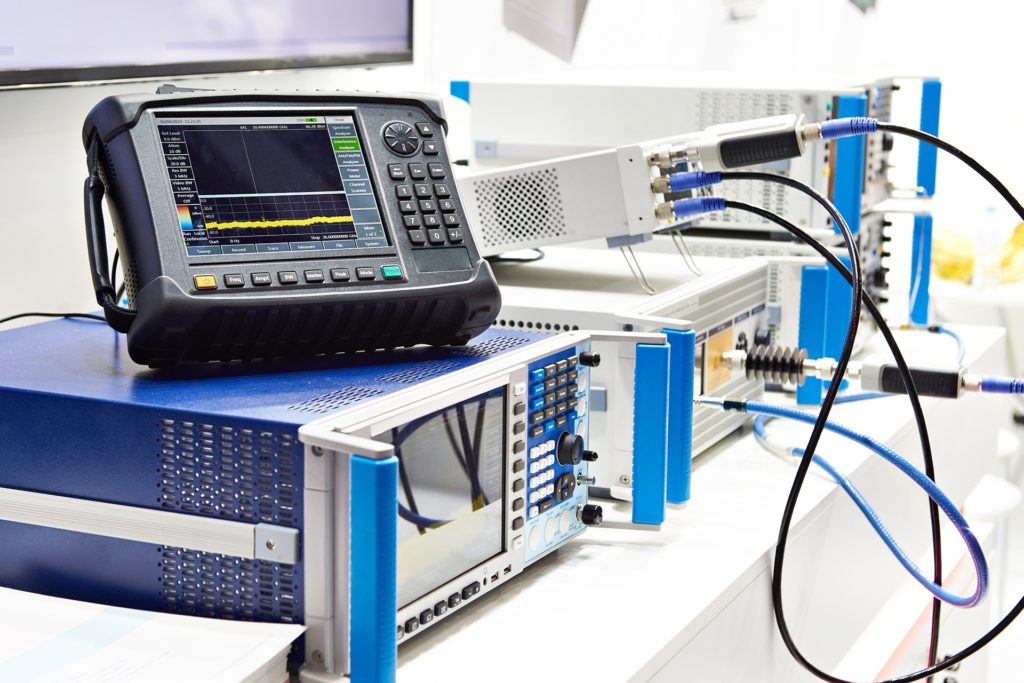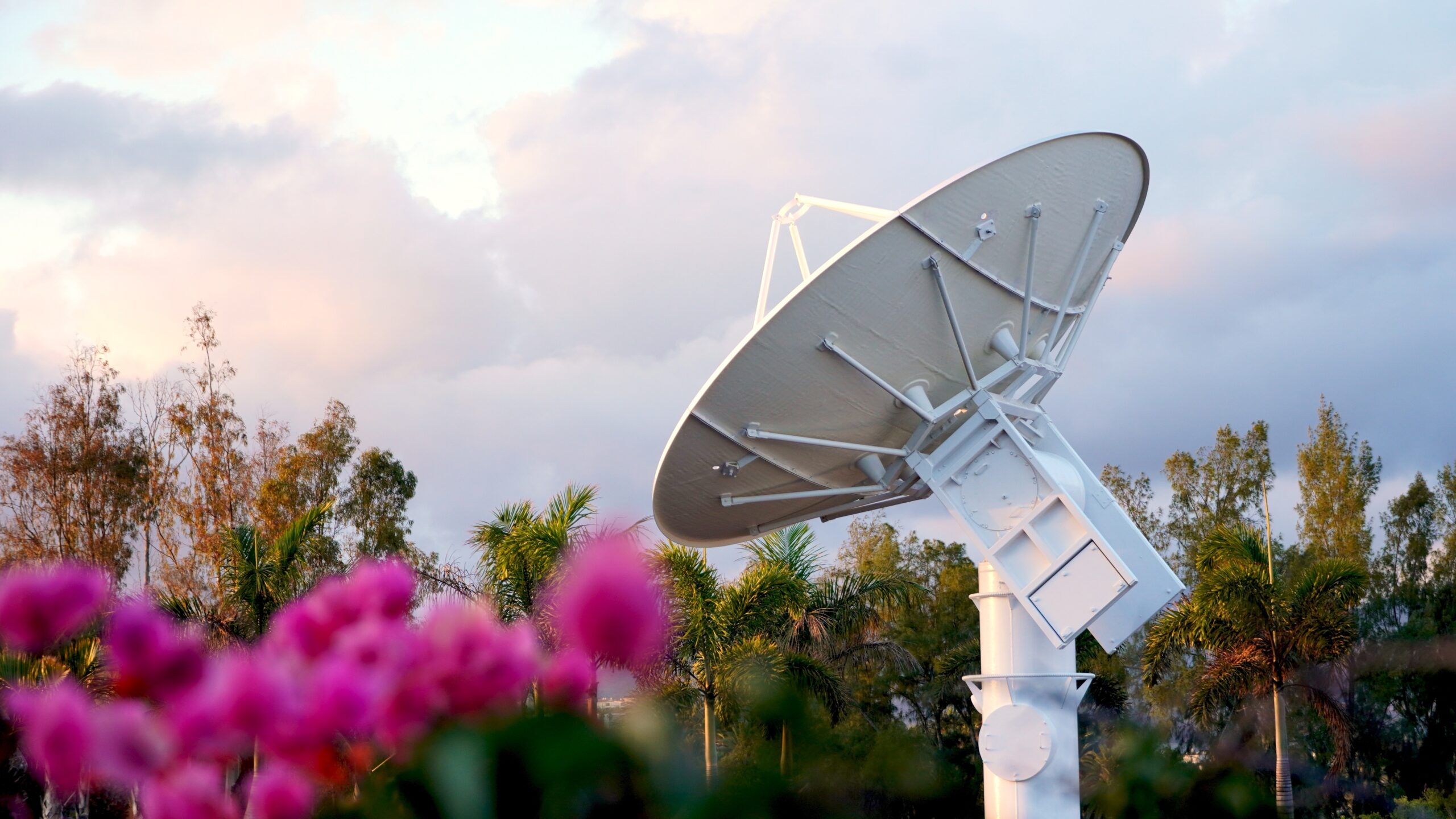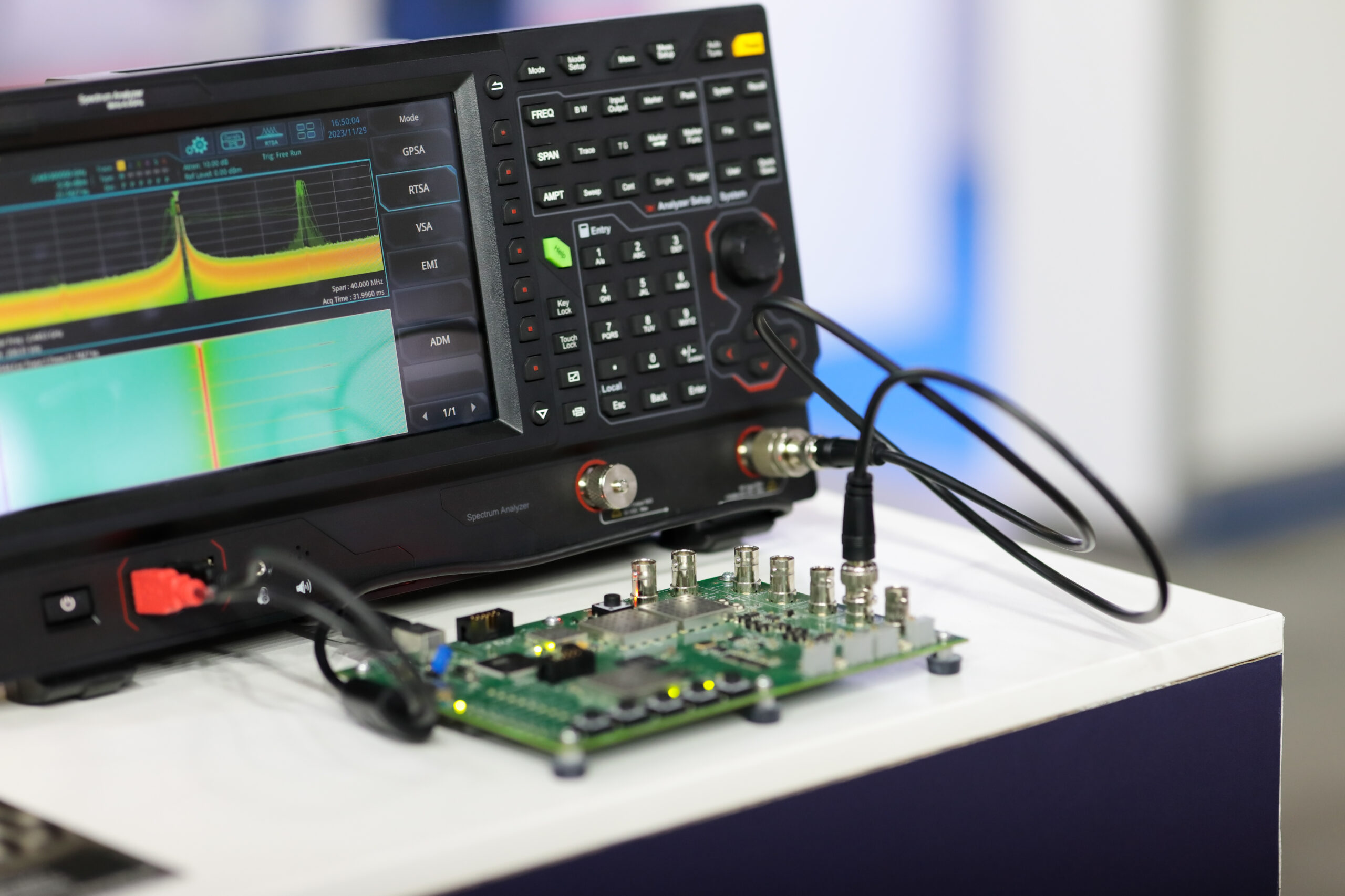When you’re looking to ensure the accuracy of your hipot tester, proper calibration is essential. You’ll want to start by selecting the correct AC or DC mode and connecting a calibrated voltmeter to the output terminal. Adjusting the voltage settings to align with the voltmeter is a critical step. But there’s more to the process than just these initial adjustments, and understanding the nuances can significantly affect your testing results.
What are the specific steps you need to follow to maintain compliance and reliability? Let’s explore this further.
Overview of Hipot Tester
A hipot tester, also known as an electrical breaking gas edge strength tester, plays a crucial role in assessing the dielectric strength of electrical devices.
You rely on its ability to perform insulation resistance tests and verify that your equipment meets safety standards. It’s essential to adhere to calibration requirements for accurate and reliable measurements. This involves understanding the calibration process steps, which ensure that your tester operates within specified parameters.
Using proper calibration tools is vital to achieve precise voltage calibration procedures, helping to identify any discrepancies in your readings. Environmental influences, like temperature and humidity, can affect test outcomes, so maintaining a controlled environment is necessary for consistent results.
At EML Calibration, we recommend regular annual calibration of your hipot tester to prolong its lifespan and guarantee that it meets industry standards.
Equipment Needed for Calibration
To ensure accurate calibration of your hipot tester, you’ll need specific equipment that meets precise specifications. Start with calibration tools, including a reference standard meter. This meter should have a voltmeter range of 0 to 10 kV and an ammeter range of 0 to 100 mA, with an accuracy better than 1%.
You’ll also need load resistance specifications, typically 50k/500k, with a power rating of 2-20 W.
Using calibrated test leads is crucial for reliable connections during the calibration procedure. At EML Calibration, we follow the calibration process steps closely to ensure accuracy.
Ensure your testing environment minimizes environmental influences that could skew readings, such as temperature fluctuations or humidity.
Documentation and continuous calibration play significant roles in maintaining compliance and accuracy. EML Calibration keeps meticulous records of all measurements and adjustments made during calibration, as this provides essential evidence of compliance.
An annual calibration schedule is recommended to maintain consistent performance.
Remember to recalibrate after any servicing of the tester.
AC Voltage Calibration Steps
Calibrating the AC voltage on your hipot tester is essential for ensuring accurate measurements during insulation testing. Start by setting your hipot tester to the single withstand voltage test state. Before you begin, make sure the timing indicator light is off.
Next, connect your calibration voltmeter to the tester’s output terminal. Now, adjust the voltage knob until it matches the reading on the calibration voltmeter. This step is crucial for achieving compliance with test requirements and ensuring the accuracy and reliability of your testing.
Once you’ve adjusted the voltage, verify that the displayed voltage aligns with your calibration table. If there are discrepancies, EML Calibration technicians make necessary calibration adjustments using the internal potentiometer.
This process enhances the functional testing capabilities of your automated test systems and supports electrical safety testing and ground continuity testing.
Always document your results and keep calibration certificates for reference. Regular AC voltage calibration at EML Calibration is key to maintaining the high standards required for measuring components in electrical systems, ensuring that your equipment remains compliant and effective.
DC Voltage Calibration Steps
Begin the DC voltage calibration by configuring your hipot tester to the single insulation resistance test state. Ensure the timing indicator light remains off during this calibration process.
You’ll be calibrating standard voltages—250V, 500V, and 1000V—individually to maintain accuracy for your electronic devices. Follow these steps for effective calibration:
Connect the Calibration Voltmeter: Attach your voltmeter to the output terminal of the hipot tester to capture accurate readings.
Adjust the Voltage: Use the voltage knob to align the hipot tester’s reading with that of the calibration voltmeter. If discrepancies arise, EML Calibration experts tweak the corresponding potentiometer.
Verify Performance Specifications: Ensure that your adjustments meet the required performance specifications for ground bond testing and other mechanical tests.
Always prioritize safety considerations throughout the calibration procedures, especially when handling high voltages.
EML Calibration labs recommend following these methods to ensure reliability in production tests and when utilizing battery test features. Proper DC voltage calibration guarantees that your hipot tester functions correctly, providing peace of mind during electrical testing.
Importance of Regular Calibration
Maintaining regular calibration of your hipot tester is crucial for ensuring accurate and reliable measurements. The importance of calibration can’t be overstated, as it directly impacts your ability to comply with safety standards. Without proper calibration, you risk potential failures that could lead to hazardous situations, endangering equipment and personnel.
Regular calibration ensures that your testing instruments remain within specified accuracy and reliability thresholds. By following established calibration procedures and utilizing the proper calibration tools, EML Calibration can effectively mitigate the effects of environmental influences, which may otherwise skew your readings.
Documenting all measurements meticulously provides traceability and accountability in your testing processes. Establishing an annual calibration schedule with EML Calibration helps maintain consistent performance over time. This proactive approach not only extends the lifespan of your hipot tester but also enhances the overall quality of your electrical testing.
Ensuring Testing Precision Through Proper Calibration
In conclusion, properly calibrating your hipot tester is essential for accurate electrical safety testing. You ensure reliable measurements and compliance by following the outlined steps for both AC and DC voltage calibration. Don’t forget to document your results and adjustments, as this maintains traceability. Regular annual calibration with EML Calibration not only enhances safety but also prolongs the life of your equipment. So, take the time to calibrate your tester with EML—it’s a small effort that pays off big in the long run!





